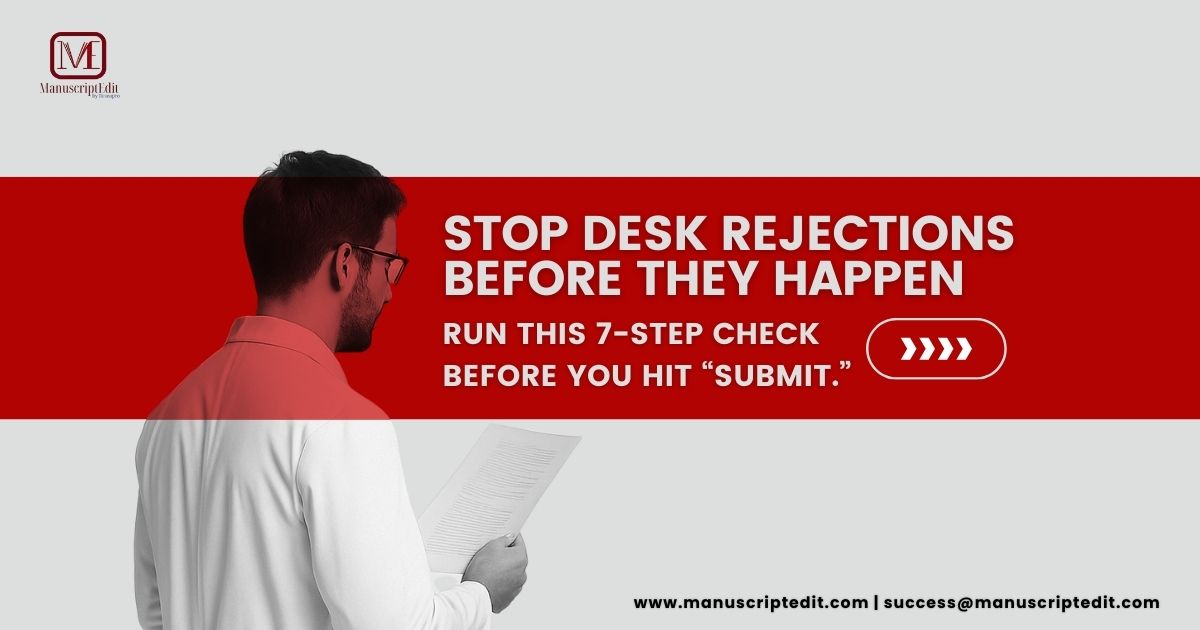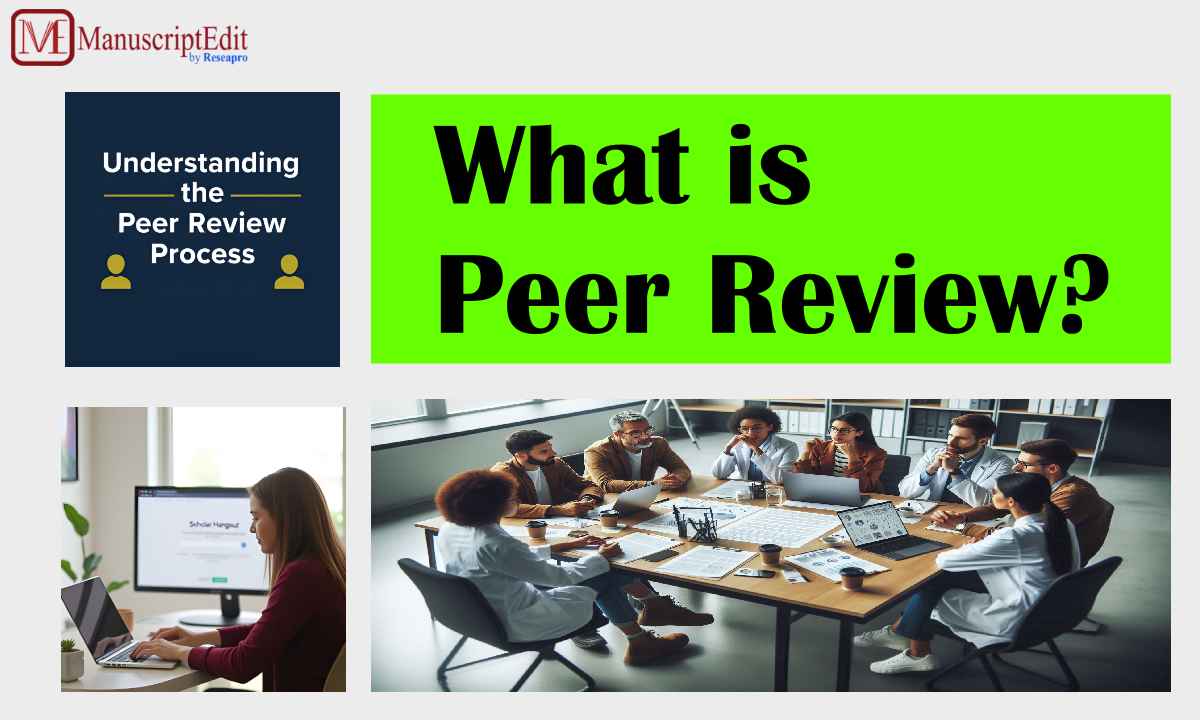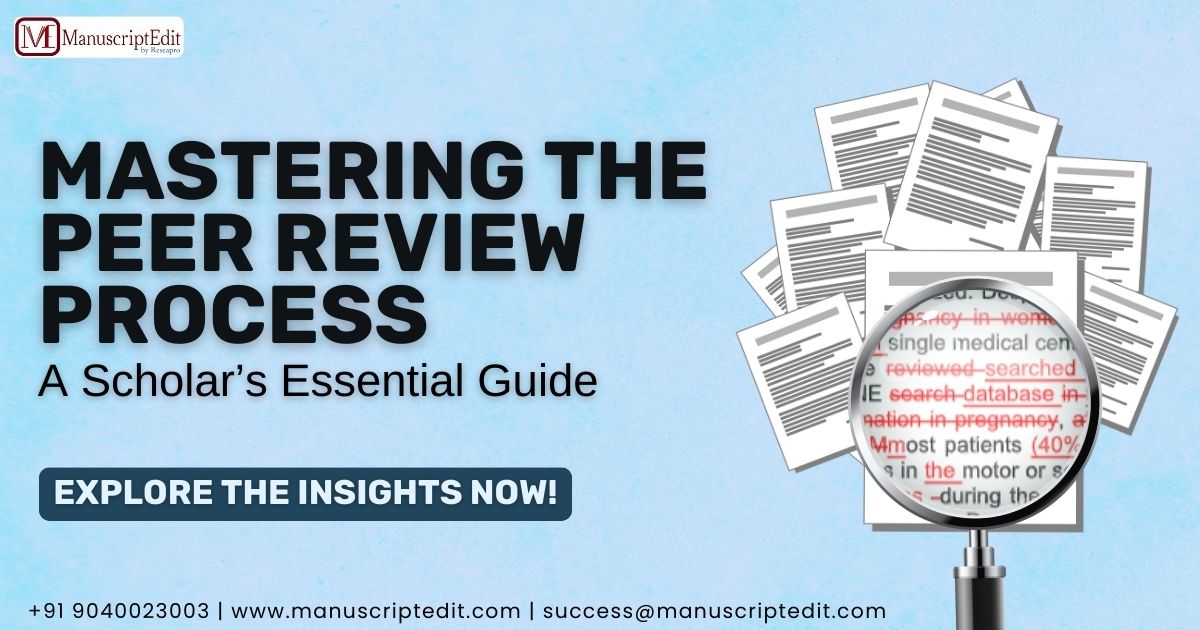If your manuscript never makes it to peer review, you’re not alone. Many journals issue a desk rejection during the editorial screening stage—before any reviewer ever sees it. Editors look first for fit, novelty, ethics, clarity, and basic compliance with instructions.
The good news: most desk rejection risks are fixable before you submit. Below is a practical, researcher-friendly guide to help you pass that first gate.
Table of Contents
1) Fit the journal (don’t make editors guess)
The fastest path to a desk rejection is out-of-scope work—e.g., a local case study sent to a journal focused on global policy. Read the journal’s Aims & Scope, scan the last 6–12 months of issues, and confirm your article type (original research, brief report, review, etc.). If you’re unsure, send a polite pre-submission enquiry to the editorial office.
Quick win: Make sure your title and abstract use the journal’s language and priorities (population, methods, outcomes).
2) Make the advance obvious (novelty ≠ buzzwords)
Editors screen for novelty and significance. If your advance isn’t crystal-clear in the title/abstract, they may pass—even if the work is solid. State, in one tight sentence: what is new, compared to the closest recent papers, and why it matters for readers of this journal.
Quick win: Add a “What’s new” line to the abstract and a short paragraph contrasting with the closest two or three recent studies.
3) Follow structure & formatting to the letter
“Great science, messy packaging” is a common desk-reject story. Most journals expect IMRaD (Introduction, Methods, Results, and Discussion), strict word/figure limits, and specific reference styles. Many publishers provide author checklists and IMRaD explainers—use them.
Quick win: Open the Guide for Authors and do a line-by-line compliance pass (title page items, figure resolution and labels, table titles, reference style, supplementary file names). Some journals allow any consistent reference style at first submission—but you still need complete metadata; clean, consistent references reduce friction.
4) Close the ethics & integrity gaps
Nothing ends an editorial evaluation faster than missing ethics approvals, consent, undeclared funding/COIs, or text recycling. Follow the journal’s disclosure requirements and add a data/code availability statement where appropriate. COPE (Committee on Publication Ethics) guidance informs many editorial policies.
Quick win: Add a short, clearly labeled Ethics section and complete COI/funding statements. Run a plagiarism check and keep your similarity index low with proper citation and paraphrasing.
5) Write methods for replication
If your methods cannot be followed or audited, editors may reject without review. Specify design, setting, participants, inclusion/exclusion criteria, sample size rationale, instruments/software (with versions), statistical tests, thresholds/assumptions. Align with field-standard reporting guidelines (e.g., CONSORT for RCTs; PRISMA for systematic reviews).
Quick win: Add what another lab would need to reproduce your analysis (parameters, versions, code links).
6) Prioritise clarity and readability
Editors often decide within minutes whether a paper is readable. Make the title/abstract tight and specific; use short sentences; expand acronyms at first use; and ensure figures are legible at column width. Papers can be rejected for poor structure or language that obscures the science.
Quick win: Ask a colleague outside your subfield to read the abstract and one figure legend. If they stumble, reviewers will too.
7) Update and balance the references
An outdated or lopsided reference list signals weak positioning. Cite recent core literature (last 3–5 years where relevant), avoid over-reliance on self-citations, and ensure one-to-one matching between in-text citations and the reference list.
Quick win: Run a final literature sweep for the last 12–18 months and add any landmark or consensus papers you missed.
A 7-point desk-reject prevention checklist
• Fit: Matches journal’s scope and article type; title/abstract speak to the journal’s audience.
• Advance: One-sentence novelty statement; clear contrast to recent work.
• Format: IMRaD, limits, figure/table rules, consistent and complete references.
• Ethics: Approvals/consent/COI/funding disclosed; data/code availability; plagiarism check done.
• Methods: Replicable detail; reporting guideline followed (CONSORT/PRISMA/etc.).
• Clarity: Clean abstract, short sentences, readable figures; language polished.
• References: Recent, balanced, correctly formatted; aligns your study within the field.
Final tips before you click “Submit”
• Match the journal: If your topic is niche or local, choose a journal that welcomes that scope. If impact is the issue, consider a transfer option within a publisher family after a rejection.
• Package professionally: A neat submission (correct files, names, metadata, cover letter) signals rigour and respect for the editor’s time. Use the author templates and checklists provided by the journal/publisher.
• Keep learning from outcomes: If you are desk-rejected, read the decision carefully. Sometimes the message is about fit, not quality; a quick pivot to a better-matched journal is often the fastest path to publication.
References & further reading
Nature and npj series – Guide to Authors and editorial policies.
Elsevier – IMRaD structure and Guide for Authors (formatting, references).
COPE (Committee on Publication Ethics) – Guidance for editors and authors (ethics, COIs, integrity).
CONSORT (2025 update) – Essential reporting items for randomized trials.
EQUATOR Network – Reporting guidelines repository (PRISMA, CONSORT, STROBE, etc.).
Taylor & Francis Author Services – Common desk rejection reasons and how to avoid them.
Click Here to read more interesting blogs!




